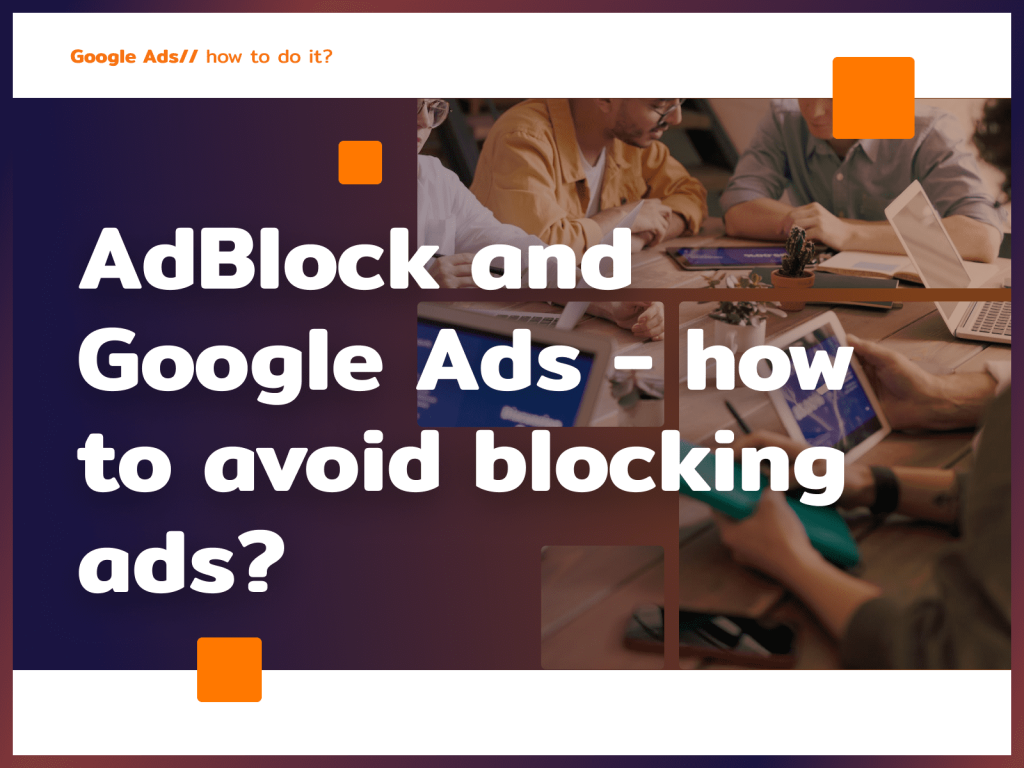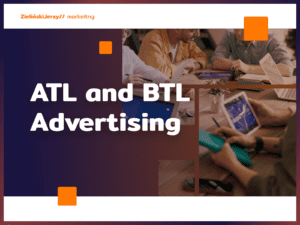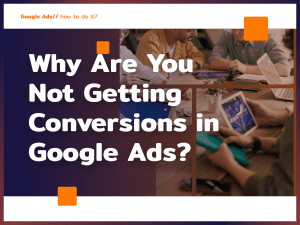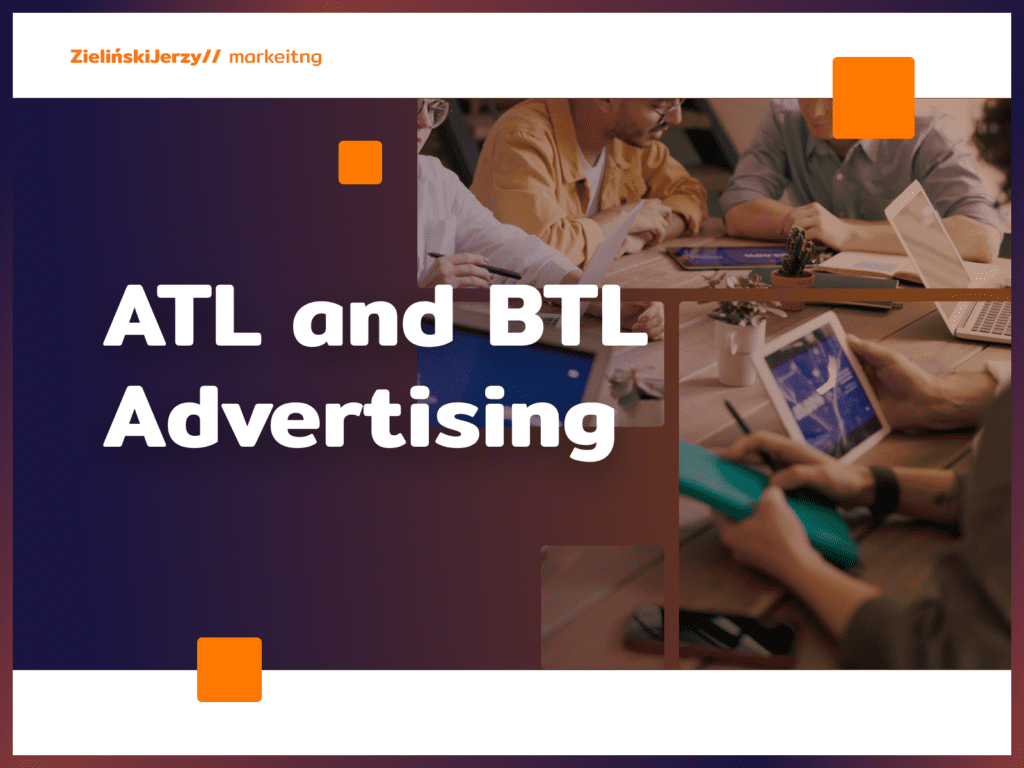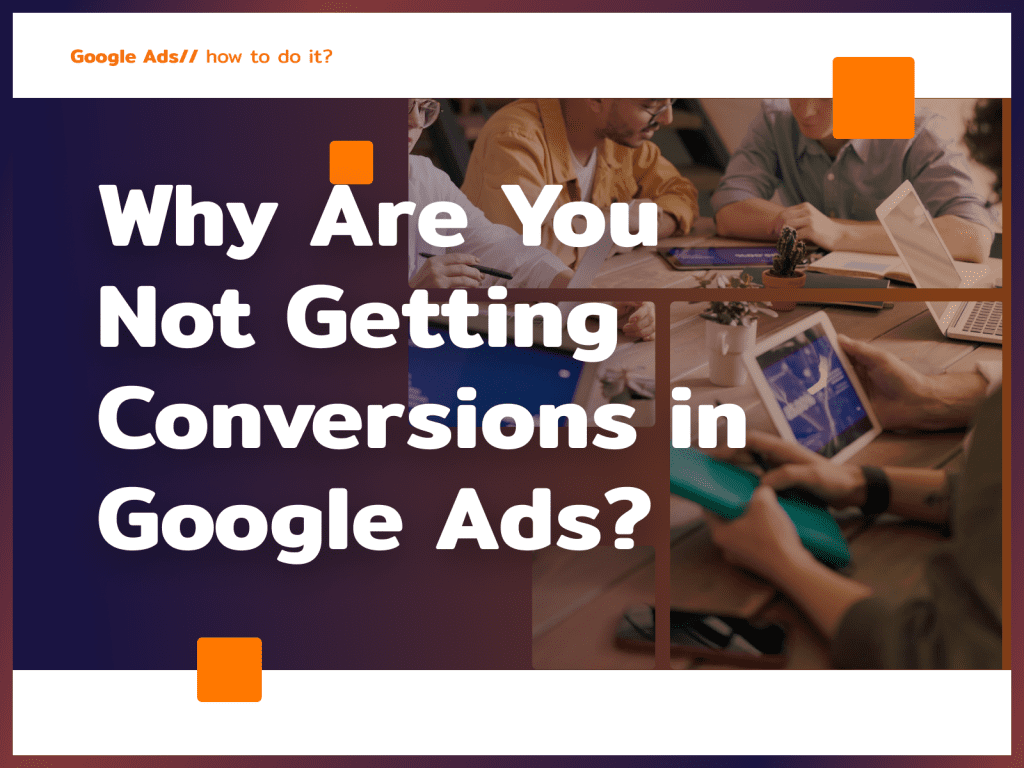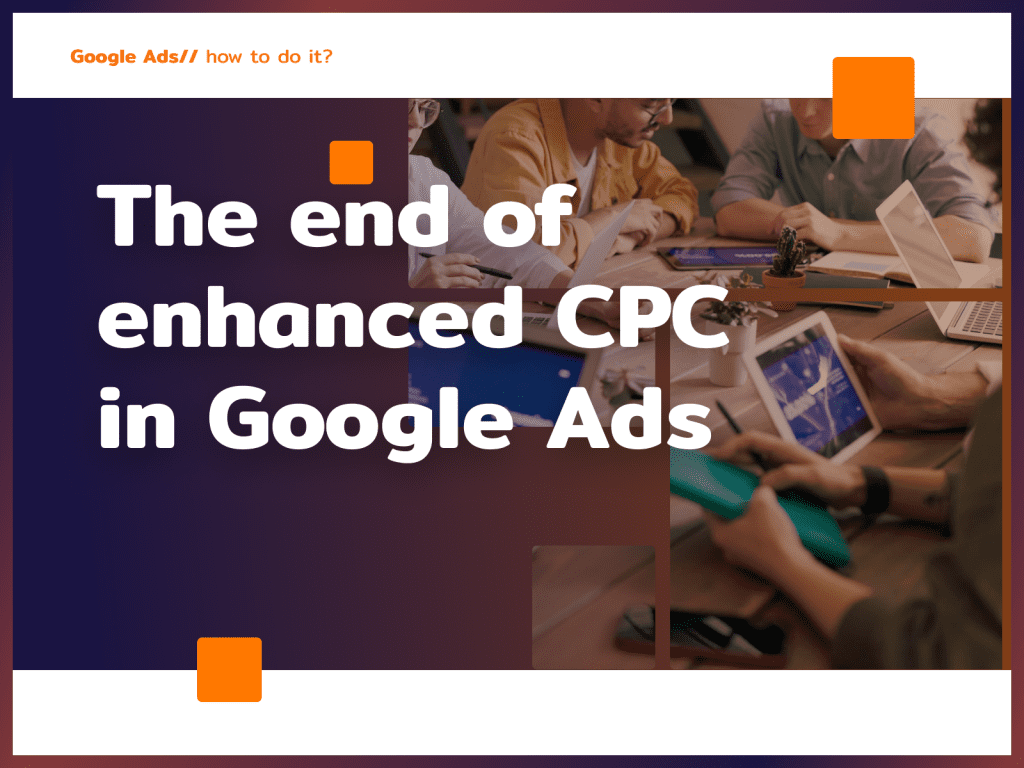Statistics compiled by Backlinko.com show that more than 42% of users worldwide use ad-blocking plug-ins. Poland is just outside the top ten: at 11. place – in our country, ad blocking is used by 44.3% of users. The most popular plug-in by far is AdBlock Google Ads may or may not be blocked by it. It’s worth learning how to avoid AdBlock’s ad blocking, because according to the plugin’s statistics, it has more than 60 million users.
Unsure how plugins affect the display of your ads? Contact me – I will check how to increase the CTR , ROI and ROAS .
Stay up to date with changes in Google Ads!
Sign up for the newsletter
AdBlock Google Ads – do plugins really block your ads?
With too many ads on the web, users are becoming tired of them and looking for ways to clean up their browser. Ad blocking plug-ins such as AdBlock come to the rescue here. The manufacturer assures that the plug-in allows you to get rid of a whole range of unwanted ads, as it disables:
- Pop-ups, banners, video ads (on YouTube, Facebook, Twitch),
- Third-party cookies – cookies placed on sites by a company other than the site owner,
- Malicious ads (e.g., installing malware, stealing personal information).
However, this does not mean that adding AdBlock to the browser automatically makes the user see no ads. After entering the plugin’s options, we have the ability to choose which ads can display and which cannot:
By default, the display of non-intrusive ads is enabled. As a result, the user does not see intrusive ads, e.g., covering a large part of the screen, difficult to close or automatically playing sound. However, this does not mean that Google Ads Chrome’s AdBlock will block 100% of ads unless you change the settings.
Ready to grow?
Better Ads Standards vs. ad blocking
Unobtrusive is a subjective term, but not for Google, which uses the so-called “Better Ads Standards. Better Ads Standards . The standards were developed by the Coalition for Better Ads, an organization that has so far conducted research with more than 150,000 users. They evaluated their experiences with various types of ads and indicated which ones were so annoying that they encouraged them to install an ad-blocking plug-in. Desktop, mobile devices and apps are used to set standards.
If your ads are unobtrusive and user-friendly, you have no reason to worry, as most users will not block them. The standards developed by the Coalition for Better Ads exclude a number of nuisance ads.
On the desktop:
- Ads that automatically play audio,
- Pop-ups that cover most of the page, especially if they are difficult to turn off or have a countdown – you have to wait a few seconds to close the ad,
- Large static ads – these types of banners cover up a large part of the page, making it difficult to browse, we are talking especially about ads that take up more than 30% of the screen.
On mobile devices, the same types of ads are not recommended, in addition:
- High density of ads – if ads take up more than 30% of the page we are talking about too high a density. This is not about the part of the page visible on the screen, but the entire subpage,
- Flashing, animated ads – rapidly changing colors and flashing lights are very annoying to users,
- Full-screen scroll ads – ads that take up more than 30% of the screen and force the user to scroll to at least partially see the content of the page.
How to avoid ad blocking plugins?
The existence of ad-blocking plug-ins should not be the only motivation to maintain high standards, as Google also filters ads and will not display them if they do not meet guidelines.
Despite the availability of plug-ins such as AdBlock Google Ads is still a viable method of brand promotion. First, not all users benefit from ad blocking. Second: installing the plug-in is trivial on a desktop, but on a mobile device it’s already more complicated, which is why most users filter ads only on a laptop while browsing the Internet with ads on a smartphone.
If your ads do not violate Better Ads Standards, you have no reason to worry. When in doubt, it’s best to check the visibility of ads on desktop and mobile devices in Google Search Console. If it is low, it is worth considering whether they are too intrusive and annoying for the user.
On some sites you may encounter such a message:
Of course, if a user trusts such a site and cares about browsing content, he or she can choose to disable the plug-in. However, I do not recommend such a solution – it raises suspicions that the site exists solely to make money from ads, and there are probably a lot of them. In addition, the mere appearance of such a pop-up is already annoying to the user, and to get rid of it he has to temporarily disable AdBlock or add the page to exceptions. Such site foreclosure significantly reduces traffic and causes a large percentage of users to abandon reading the content. As expected, after disabling AdBlock, there are indeed quite a few ads, which not everyone will accept:
A safer solution, for example, is to bet on native advertising, which “blends in” with the site, making it easy to accept by users and neither Google nor AdBlock treat it as intrusive and annoying to Internet users:
As you can see, Google Ads AdBlock is not as big a problem for advertisers as it might seem. However, this is another wake-up call for those who follow outdated standards when creating ads and do not pay attention to the UX . Want to crank up your Google Ads in an effective way that won’t be blocked by browsers and plugins? Contact me!
